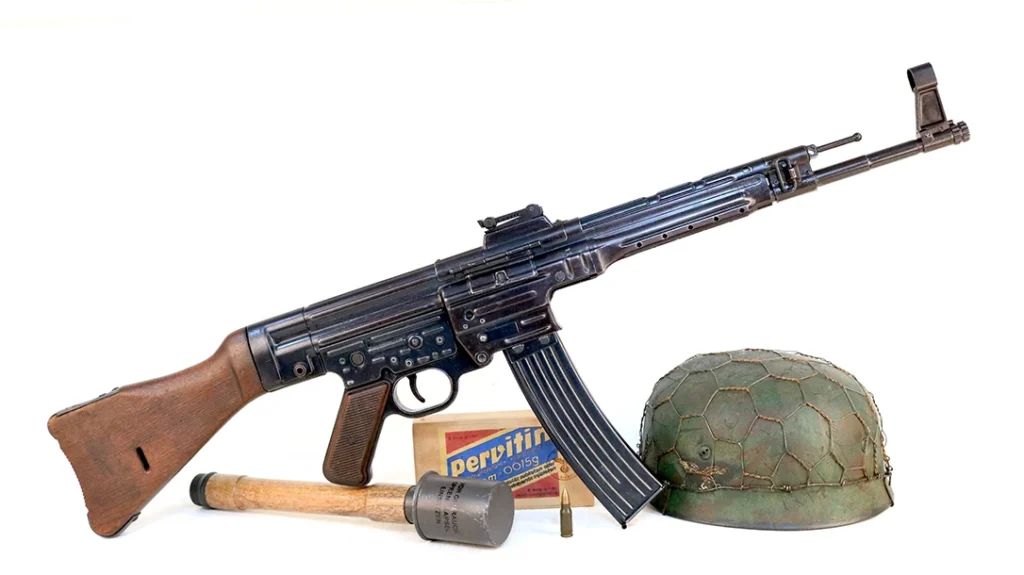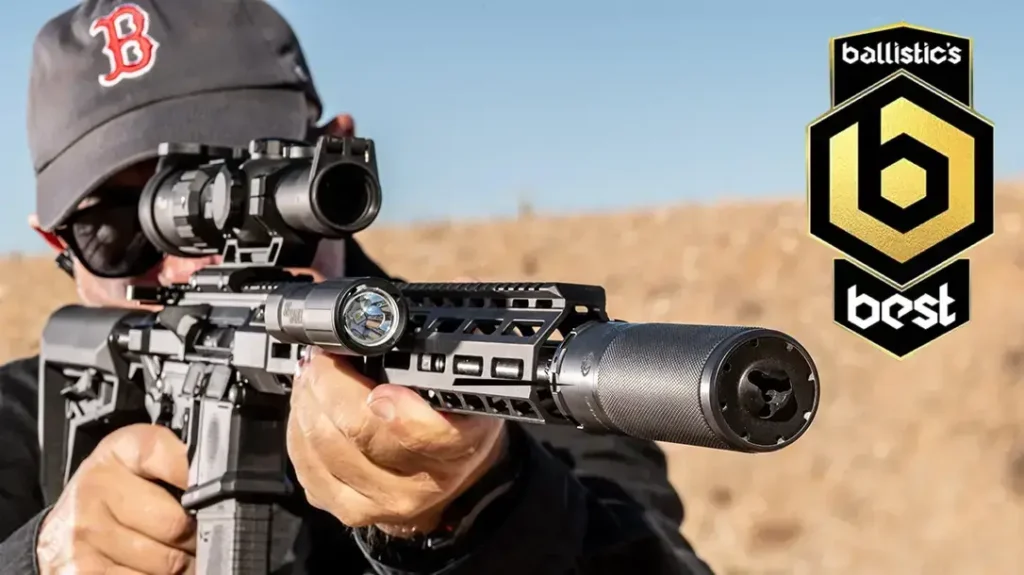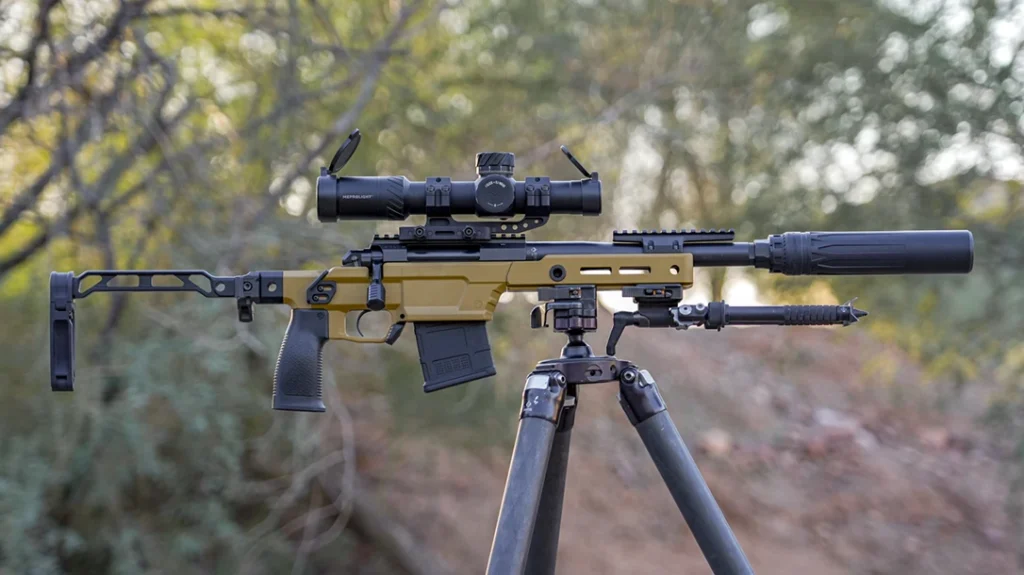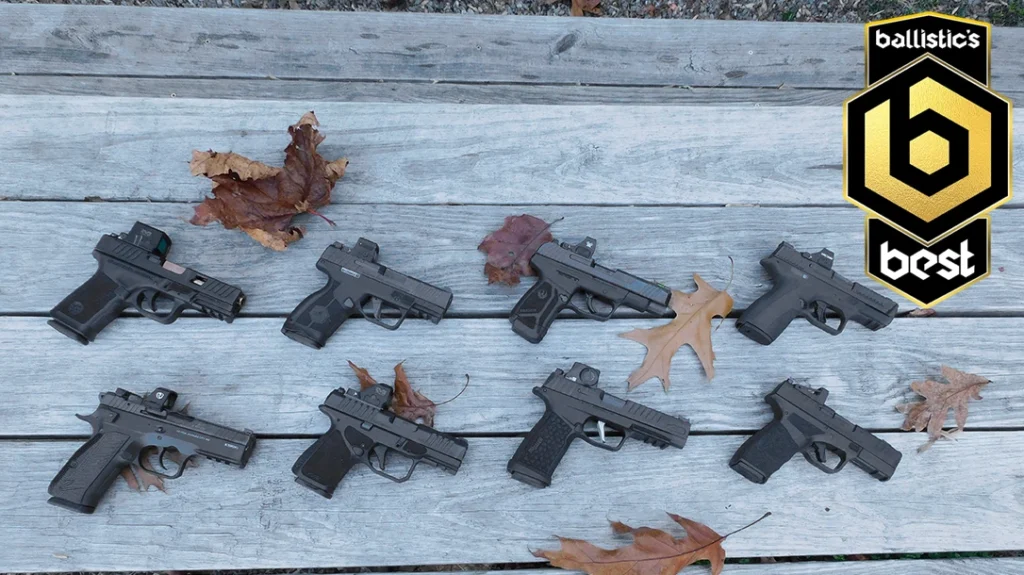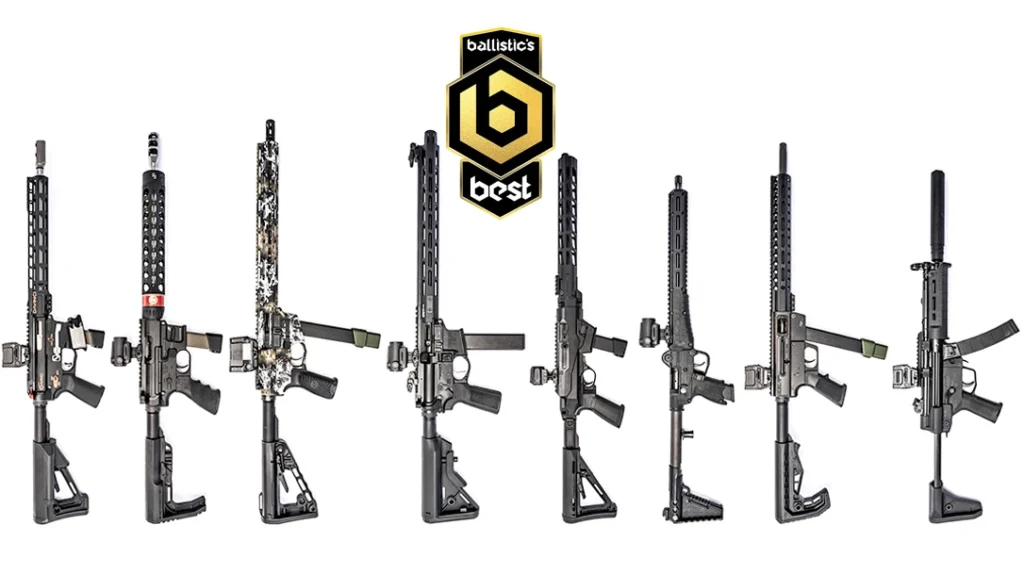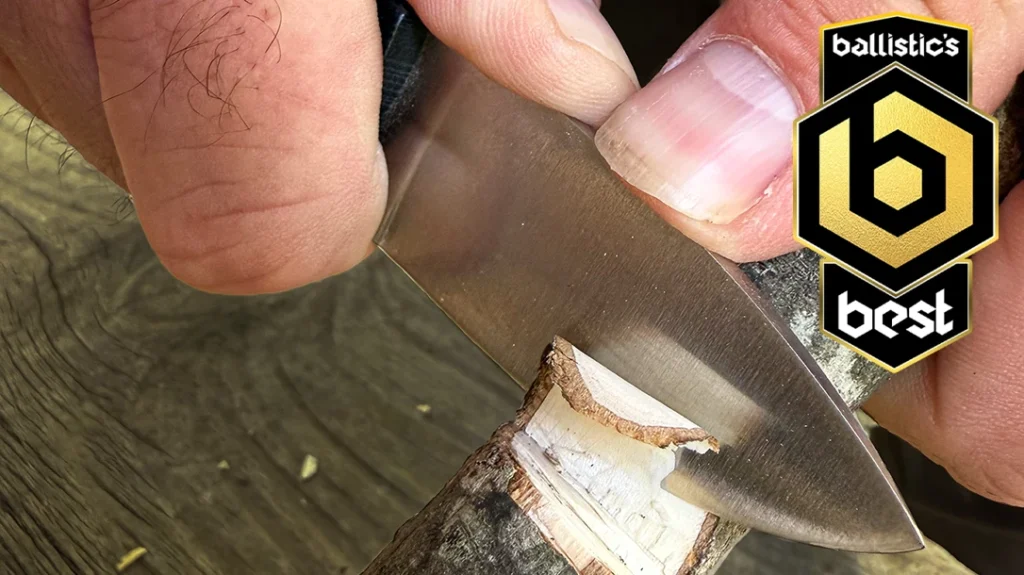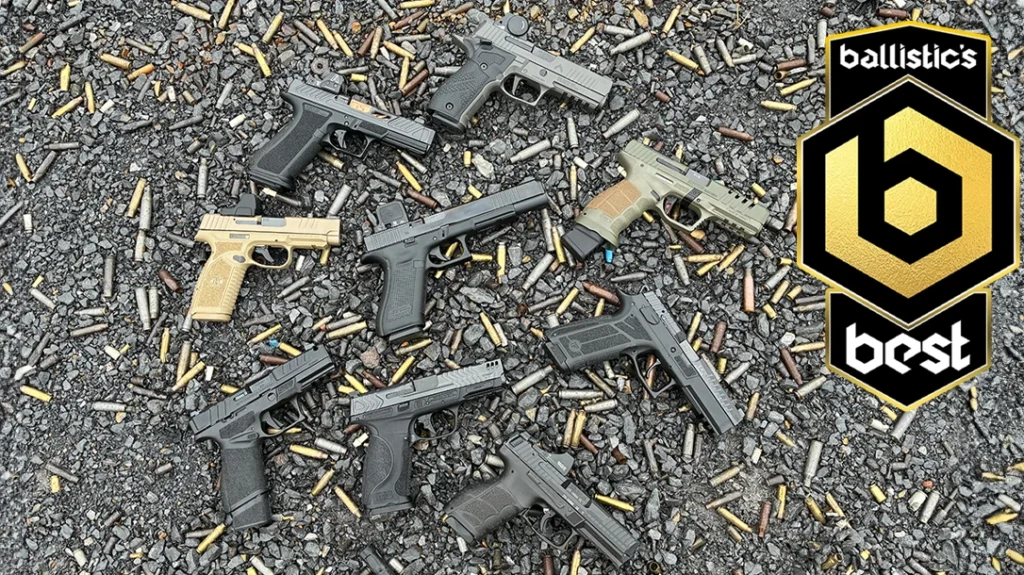If you take a glance at ammunition, you will find that projectiles are made to serve different purposes and will vary in caliber and type. This means that when choosing your ammo, you must pick one that fits both you and your firearm’s needs. However, for many new shooters, the topic of ammunition can be a confusing and overwhelming subject. I remember the first time I walked down the ammo aisle at my local firearm shop; I wanted to throw my hands in the air in frustration. It complicates further breaking it down between target vs. self-defense ammo needs.
There were too many brands and labels that I had no idea where to even start looking. It was not until I began to educate myself about target and defensive ammunition did my anxiety about picking the right projectile alleviate. To help find the best ammunition for you, let us take a look at some of the key differences between practice and defense ammo.
Understanding Target vs Self-Defense Ammo?
Before we explore the difference between target and self-defense ammo, it is necessary I take the time to explain the purpose of both types. Target or practice ammunition aims to support time on the range practicing or shooting competitions. We commonly refer to it as range or ball ammo. Self-defense ammunition, conversely, provides the means to stop a threat quickly. It is ideal to use in your personal carry firearm or for home defense.
Advertisement — Continue Reading Below
Bullet Design
The shape and material used to construct a bullet comprises fundamental factors when choosing defensive or target ammo. While there are many different types of ammo, one of the most popular practice ammunition types include the Full Metal Jacket, or FMJ. This round features a soft lead core enclosed in a harder metal shell, typically made out of copper or copper alloy. As for defensive ammo, a popular bullet type is the hollow point bullet. This ammunition type includes a hollow cavity at the tip, allowing the bullet to expand upon impact.

Cost
It is no secret that shooting is an activity that can be costly, especially when you need to repeatedly purchase items such as ammunition in order to continue your hobby. This means that choosing an affordable ammo option is an important thing to consider. Out of the two ammo types, target ammunition is known for being more inexpensive to purchase because it has a simpler bullet design that is easier to manufacture, while defensive ammo requires more manufacturing steps that add to the cost of this round. Practice rounds are often purchased in larger bulk quantities, ensuring lower prices per round. Furthermore, another reason defensive rounds are more expensive is because they have stricter quality control than range ammo.
Advertisement — Continue Reading Below
Stopping Power
Stopping power refers to a weapon’s ability to immobilize a target and is a term you will hear often in the firearms community. While factors such as caliber and shot placement play a role in a bullet’s stopping power, it is necessary to understand that bullet type also matters. Compared to range ammo, defense ammo has more stopping power. This is due to the design of the bullet since defense rounds are able to expand upon impact and cause a large area of tissue damage. Nonetheless, it is important to acknowledge that both types of ammunition are lethal and should be treated as such.
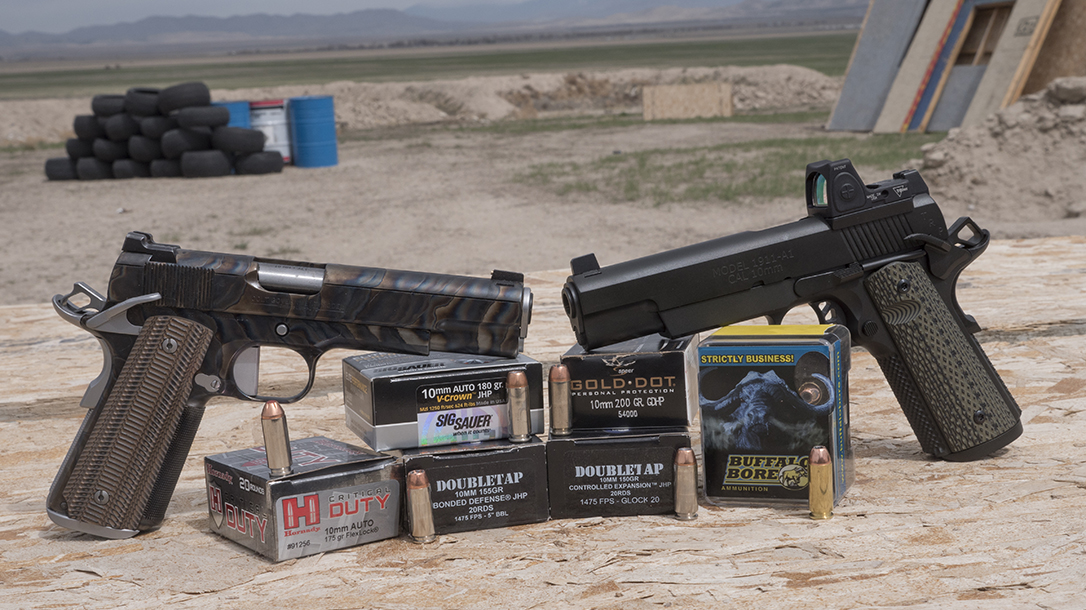
Penetration Ability
One of the last noteworthy differences between defensive and practice ammo is based on their ability to pierce through an obstacle. When using your tool for the purpose of self-defense, it is important your ammunition does not over-penetrate your target. This means that your bullet does not pass through an obstacle and cause damage to anything beyond it such as innocent bystanders or property. Out of the two ammo types, practice ammunition is more likely to over-penetrate objects compared to self-defense ammo. Since defensive ammunition expands, this causes the bullet to slow down and dissipate its energy, which leaves less of a chance your ammunition will pass through your targets.
Advertisement — Continue Reading Below
Final Thoughts: Target vs Self-Defense Ammo
If you take a look at the function, cost, design, stopping power and the penetration ability of defensive and practice ammo, you can quickly see that both types of ammunition serve different purposes. Overall, practice ammunition is an inexpensive option that is good for training and recreation shooting while defensive ammunition has more stopping power to incapacitate a threat.

